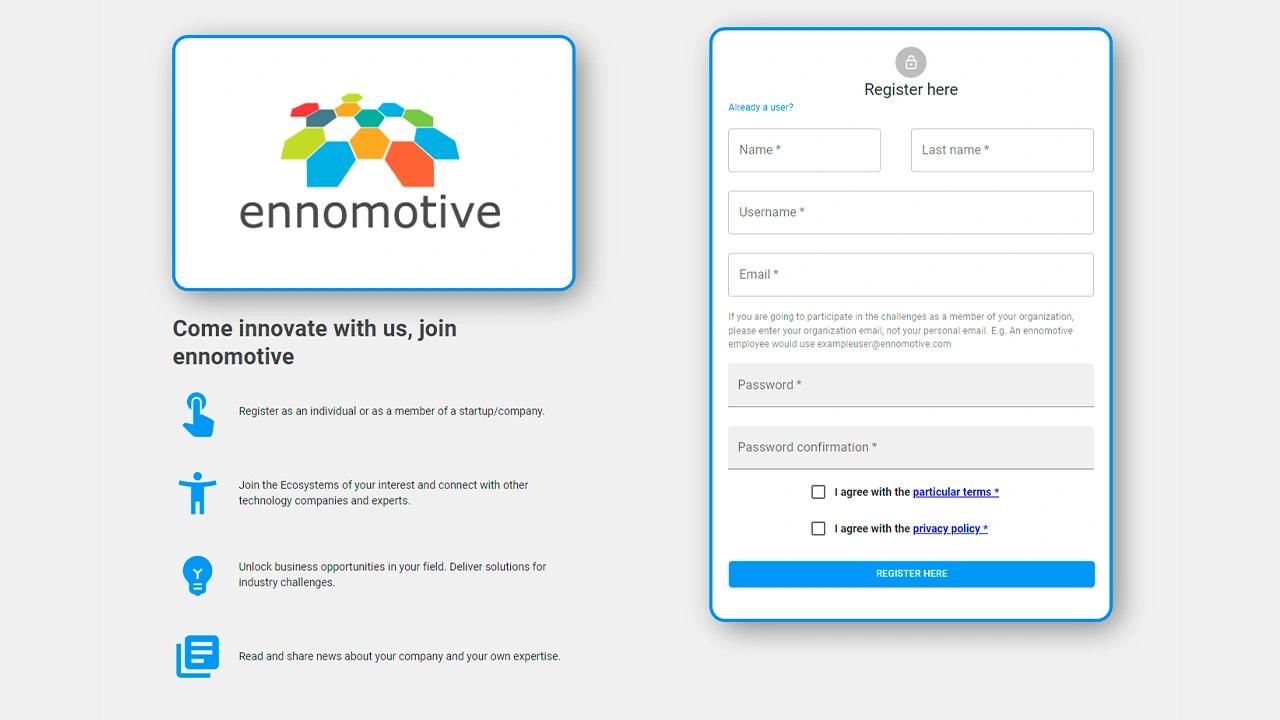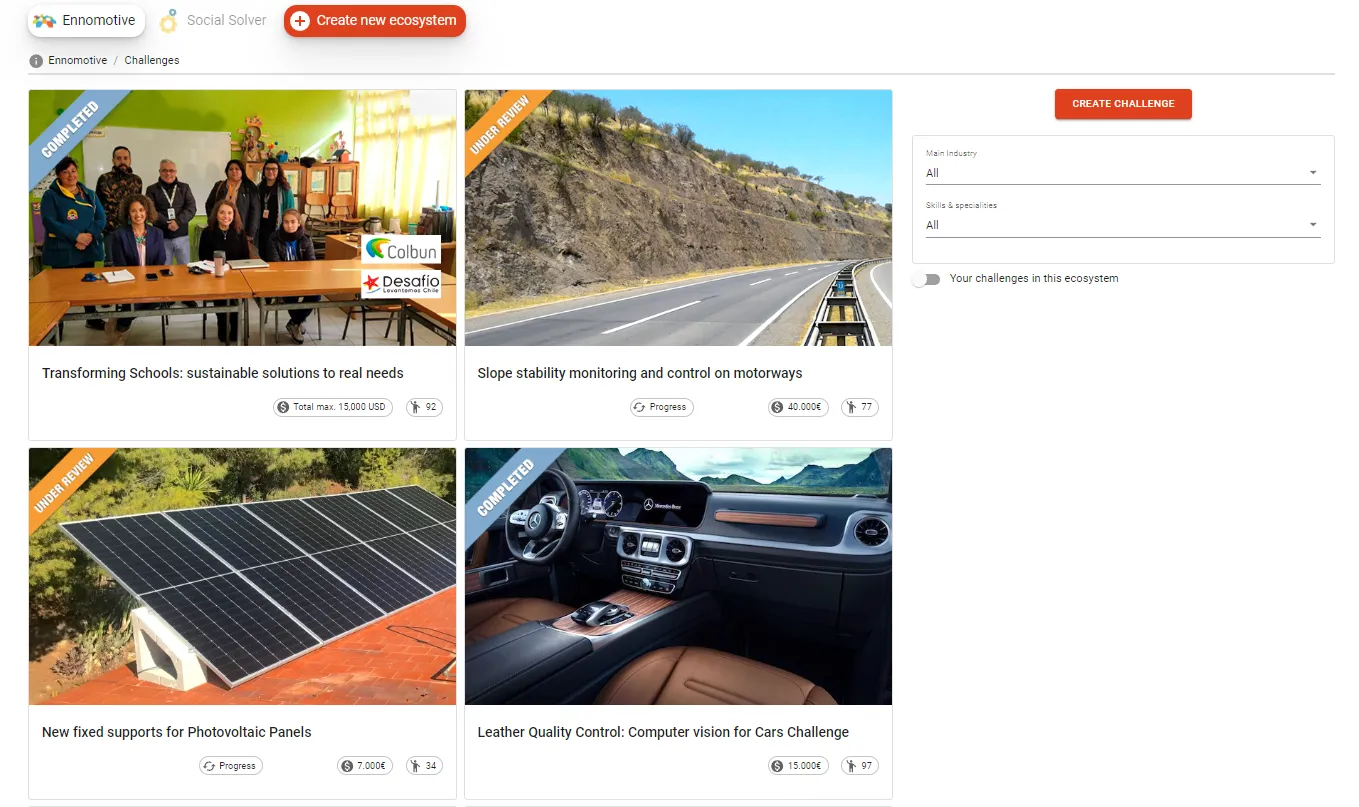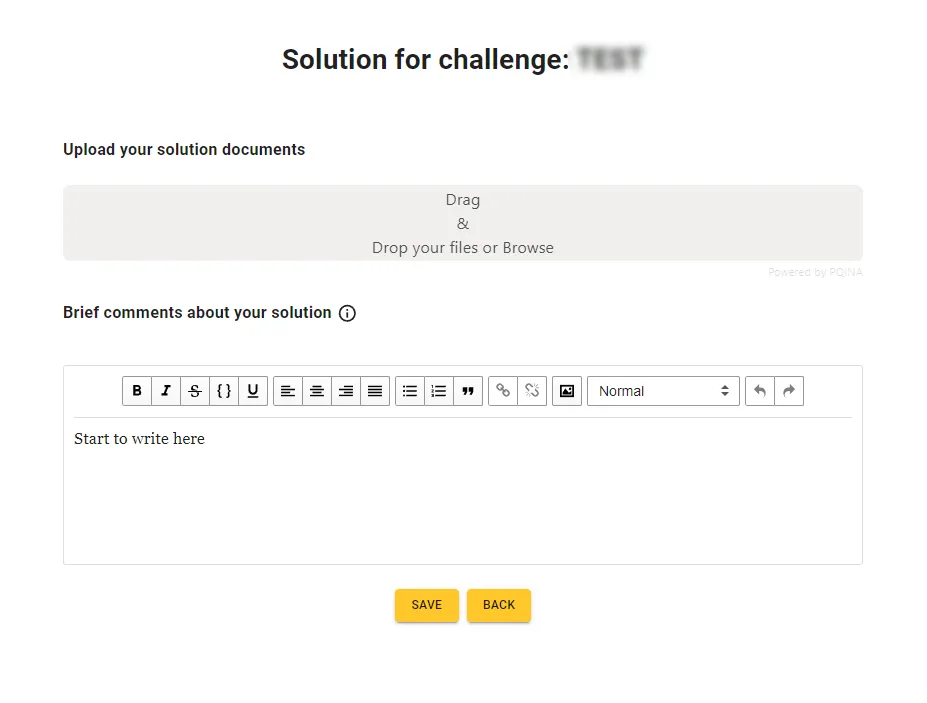Background
Our client is a leading dairy food manufacturer located in Southern Europe. Their high reputation comes from a combination of top quality raw materials and a maximum traceable and controlled production process, e.g. using clean rooms for bottling.
The company’s objectives include a continuous improvement in terms of product quality, cost efficiency and customer service levels.
The challenge
Empty bottles are manufactured with blow molding technology. This technology produced 3-layer Polyethylene bottles (white/black/white with titanium dioxide for whitening) that are closed with an inert gas inside. Those bottles are sent to the filling process or stored in the warehouse.
The filling process uses a neck cutting online system type MAER http://www.maer.es/en within a sterile manufacturing environment (using per acetic acid):
- The bottle has a head section of 32 mm. diameter and 1 mm. thickness (see attached sketch and pictures).
- The cutter is made of stainless steel alloy and a length of 175 mm. (see attached sketch and pictures) with an actual cost of 916 € / cutter
- 1 cutter works well with 2,71 million of bottles.
- The cutting process works similar to this movie https://youtu.be/Ikr6BEcFt_w according to:
- Speed of the bottle in respect of the cutter is 33 m/min
- The rotation of the bottle at the point of the cutter edge is 180rpm approx., bottle turns around on itself one time.
The operational cost of the cutting process has increased since the acquisition of the technology. Cutting cost depends directly on the cutter procurement costs and the cutter replacement frequency. In addition cutter replacement requires regenerating the sterile manufacturing environment.
What the client is looking for
The company is looking for reducing the operational cost of the cutting process.
This can be achieved through different approaches:
- Improving the cutter specification (different material, different thermal treatment, different coating, different dimensions and/or geometries, different supplier…)
- Modifying the cutting process.
- …
This is a 3-rounds tournament with the following submissions:
First round
- Proposed solution with a high-level description, e.g. new cutter specification, changes in the cutting process, etc.
- Feasibility evidences (public case studies, your past experience in other cutting processes, cutter supplier documentation, etc.)
Second round
- Detailed solution specification
- Cutter / equipment specifications and available suppliers.
- Estimated investment and/or operational costs.
If required, additional information will be provided during the course of this round.
Third round
- Factory Tests (in charge of the company). It is to verify the conditions of the proposed solution in machine normal production conditions (normal production machine is 1.53 million bottles per week)
Evaluation criteria
- Lowest operational cost reduction (minimum 30%)
- Lowest investment cost for the proposed solution
Timeline
This is a 3 round tournament with the following timings
- 1st round – 6 weeks+ 2 week for evaluation
- 2nd round – 3 weeks + 2 week for evaluation
- 3rd round – 8 weeks (dependent solution provided)



